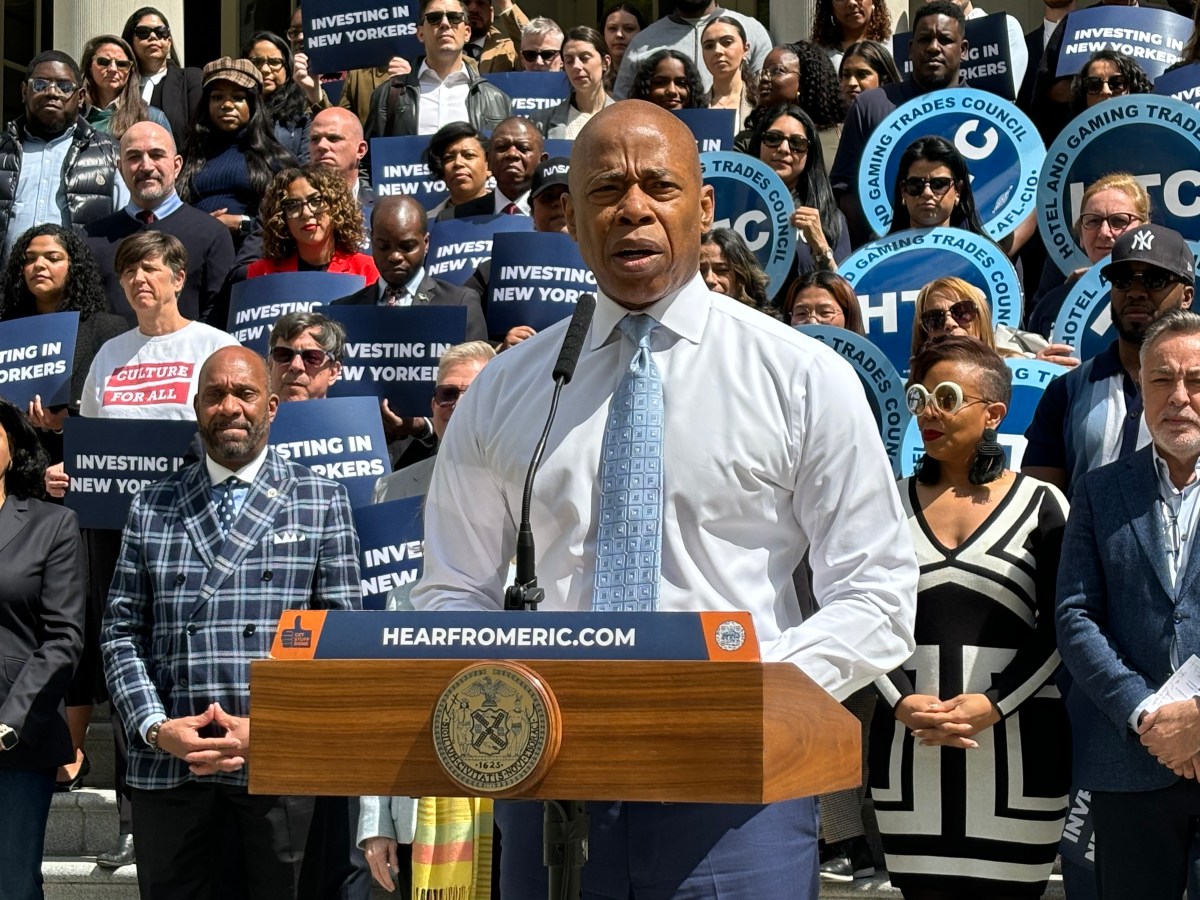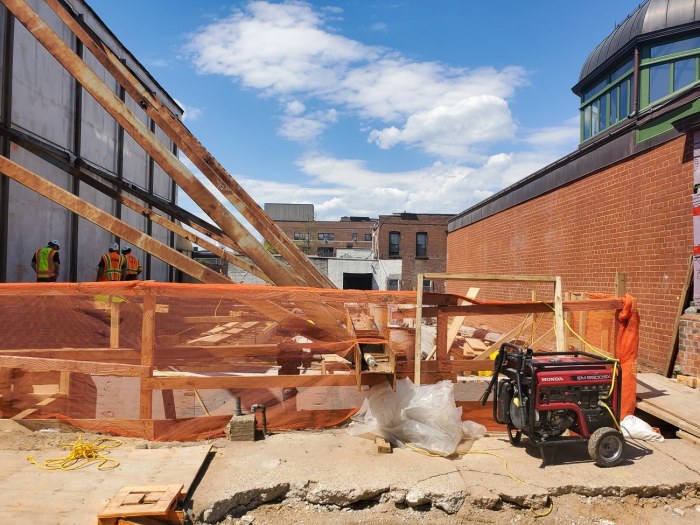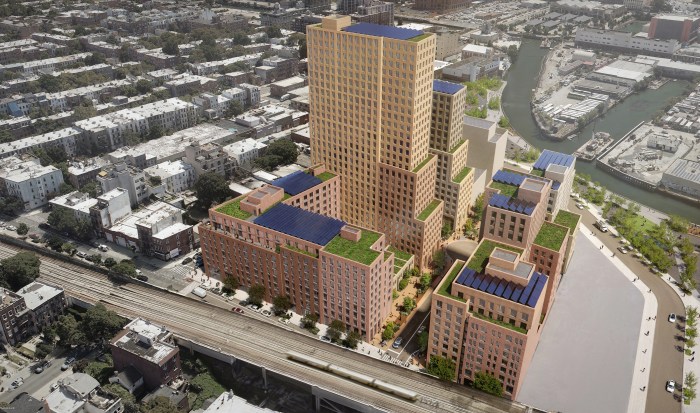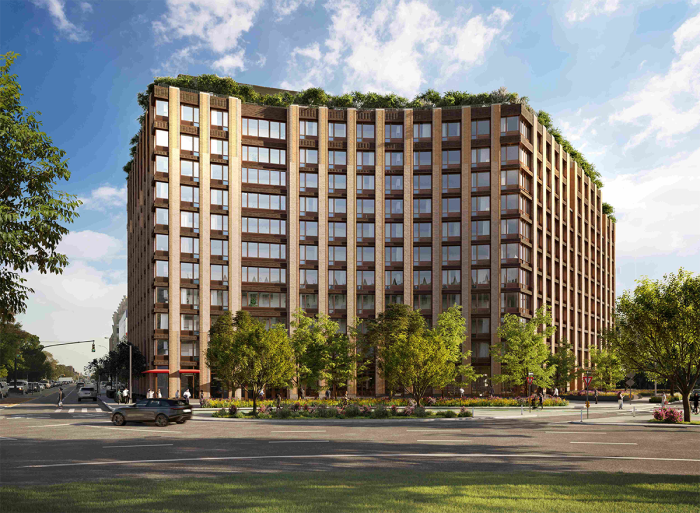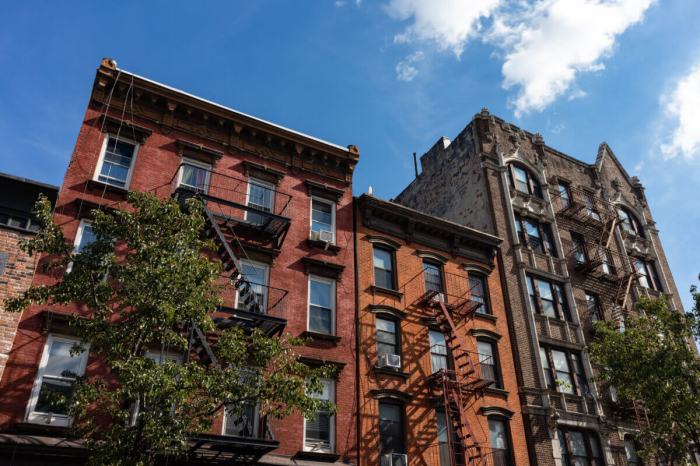A city proposal to turn two Park Slope avenues into one-way streets is dead, a victim of last week’s unanimous community board rejection of the scheme, city officials and community leaders said this week.
“We’re listening to the community and not moving ahead with the proposal,” said Department of Transportation spokeswoman Kay Sarlin, who had earlier promised that the agency would kill the controversial proposal if “the community” rejected it.
That blitzkrieg rejection came last Thursday, when Community Board 6’s transportation committee — prodded by more than 400 angry Park Slopers who stormed a DOT presentation at New York Methodist Hospital — unanimously rejected turning Seventh and Sixth avenues from slow-moving two-way streets into one-way thoroughfares.
The vote came after a DOT presentation by Deputy Commissioner Michael Primeggia that claimed one-way streets save lives and reduce accidents.
He added that converting the avenues would allow traffic to circulate better within Park Slope, yet not encourage outsiders — such as basketball fans driving to and from the planned 19,000-seat Nets arena in the Atlantic Yards mega-development — to treat the neighborhood like one long through-street.
“The last street we converted to one-way in Brooklyn was Glenmore Avenue [in East New York] in 1998,” Primeggia said.
“What we found was a 16-percent decrease in total accidents.”
But Slopers weren’t buying it. “Everyone is completely united against this,” said Lydia Denworth, president of the Park Slope Civic Council. “The community has come together like never before.”
Denworth complained that that DOT proposal was an attempt to solve the massive traffic from the still-unbuilt Atlantic Yards by destroying Park Slope’s residential feel.
“We asked you to make it better and you’ve made it worse,” she said, urging DOT to not only kill its own proposal, but consider turning Eighth Avenue and Prospect Park West — the neighborhood’s much-reviled, fast-moving one-way avenues — into two-way streets.
This time, Primeggia wasn’t buying it.
“Converting those two streets would make them less safe, and I never recommend making streets less safe,” he said, citing statistics as well as prior DOT experience.
But Slopers already consider their one-way avenues unsafe at any speed. A few days before the hearing, a group of activists set up a radar gun on Eighth Avenue that clocked cars going as fast as 40 miles per hour — 10 miles above the speed limit.
Yet at Thursday’s hearing, Primeggia said that making Sixth and Seventh avenues one-way would not cause similar speeding because lights would be timed differently.
Hovering over the entire discussion was the specter of Atlantic Yards. Opponents of the mega-project, part of which will be built in Park Slope, complained this week that if their neighbors had fought harder against Atlantic Yards, the city would not now be forced to come up with drastic ways to calm the coming explosion of traffic and congestion.
“This proposal was 100 percent mitigation for Atlantic Yards,” said activist Roy Sloane. “There is a disconnect for people on this issue. They’re fighting the symptom instead of fighting the disease. Atlantic Yards is the disease.”
Sloane and others focused their anger towards Atlantic Yards supporters like Councilman Bill DeBlasio (D-Prk Slope), whose opposition to the DOT one-way plan was too little, too late.
The DOT denied that the now-dead proposal was an Atlantic Yards fix.
“I look at traffic improvements everywhere in the city,” said Primeggia.
“The fact that there is development in two and a half years did not focus us in this direction.”
The transportation committee’s unanimous rejection will go to the full board on April 11, when it is expected to be rejected again.
“I can’t conceive of a time when [the board] would approve the DOT’s proposal,” said CB6 District Manager Craig Hammerman. “But we do want to leave the door open to solving Park Slope’s real traffic problems like Eighth Avenue, Prospect Park West and Grand Army Plaza.”
Lost in the rancor over Sixth and Seventh avenues was the one part of the DOT proposal that almost everyone agreed on — improving the left-turn bays on Fourth Avenue, which often back up because they are too short.
That improvement was tabled by CB6 until the DOT fixes existing traffic problems in the neighborhood.














